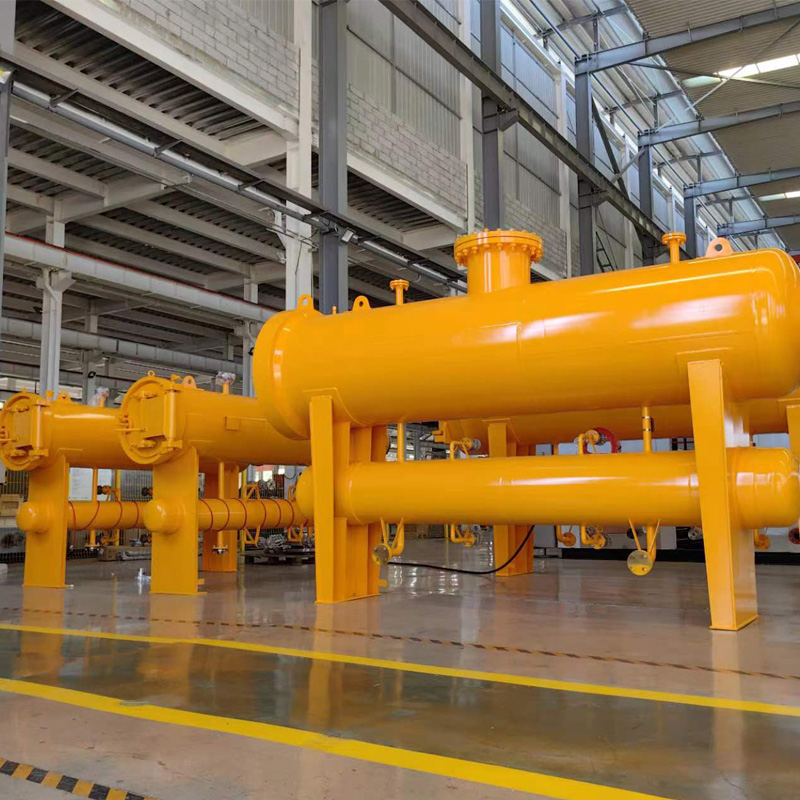
Dec . 04, 2024 16:23
Back to list
relief valve
Understanding Relief Valves Importance and Functionality
Relief valves play a critical role in various industrial applications, ensuring the safe and efficient operation of systems that involve pressure. These devices are designed to release excess pressure from a system, preventing potential damage to equipment and maintaining operational integrity. In this article, we will explore the function, types, and significance of relief valves in various industries.
What is a Relief Valve?
A relief valve is a safety device that automatically releases a substance from a boiler, pressure vessel, or another system when the pressure or temperature exceeds preset limits. The primary goal of a relief valve is to maintain pressure within the required operating range and avoid catastrophic failures caused by overpressure conditions.
These valves are critical components in systems that handle gases, liquids, and steam. They come into play in a variety of applications, including hydraulic systems, nuclear power plants, and chemical processing facilities.
Types of Relief Valves
There are several types of relief valves, each designed for specific applications
1. Pressure Relief Valves (PRVs) These valves automatically discharge fluid when the pressure exceeds a predetermined limit. PRVs are commonly used in diverse industries, ensuring that systems operate safely and efficiently.
2. Safety Relief Valves Often used in steam and gas applications, safety relief valves are designed to provide immediate release of pressure. They are critical in preventing dangerous explosions that could result from pressure buildup.
3. Temperature Relief Valves (TRVs) TRVs function similarly to pressure relief valves but are triggered by temperature increases. They are commonly used in water heating systems to prevent overheating and potential equipment damage.
relief valve

4. Combination Valves These versatile valves incorporate both pressure and temperature relief functions. They are ideal for applications where both pressure and temperature control are necessary for safe operation.
The Significance of Relief Valves
The importance of relief valves cannot be overstated. They are pivotal in maintaining safety across various sectors, including
- Oil and Gas Industry In this sector, relief valves prevent pipeline ruptures and equipment failure due to excessive pressure. The consequences of a failure can be catastrophic, leading to environmental damage and loss of life.
- Chemical Processing Chemical plants utilize relief valves to manage reaction pressures. A failure to control pressure could lead to toxic releases or explosive scenarios, making the functionality of these valves essential for safe operations.
- Water and Wastewater Treatment In municipal water systems, relief valves help manage pressure fluctuations that can occur due to changes in water demand or system failures. They ensure that the infrastructure remains intact and functional.
- Manufacturing In various manufacturing processes, relief valves protect machinery and equipment from damage caused by pressure extremes. This not only safeguards the equipment but also ensures product quality and operational efficiency.
Conclusion
Relief valves are indispensable components in many industrial systems. Their ability to regulate pressure and temperature is crucial for safety and operational integrity. Understanding the types of relief valves and their applications helps industries mitigate risks associated with pressure build-up. As industries continue to evolve, the importance of these valves will only grow, underscoring the need for ongoing innovation and adherence to safety standards. Implementing the right relief valve for a specific application is essential, and regular maintenance ensures that these safety devices operate as intended, safeguarding both equipment and personnel.
Next:
Latest news
-
Safety Valve Spring-Loaded Design Overpressure ProtectionNewsJul.25,2025
-
Precision Voltage Regulator AC5 Accuracy Grade PerformanceNewsJul.25,2025
-
Natural Gas Pressure Regulating Skid Industrial Pipeline ApplicationsNewsJul.25,2025
-
Natural Gas Filter Stainless Steel Mesh Element DesignNewsJul.25,2025
-
Gas Pressure Regulator Valve Direct-Acting Spring-Loaded DesignNewsJul.25,2025
-
Decompression Equipment Multi-Stage Heat Exchange System DesignNewsJul.25,2025

